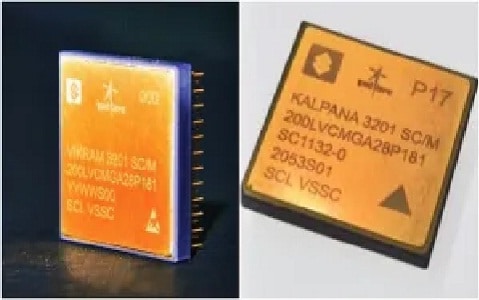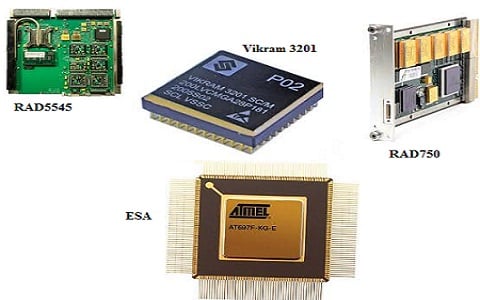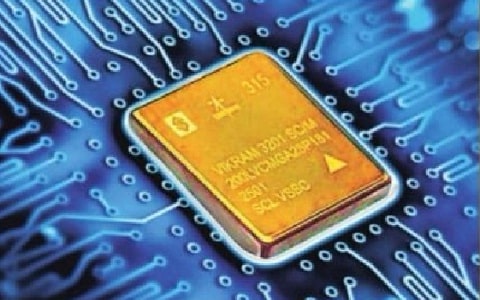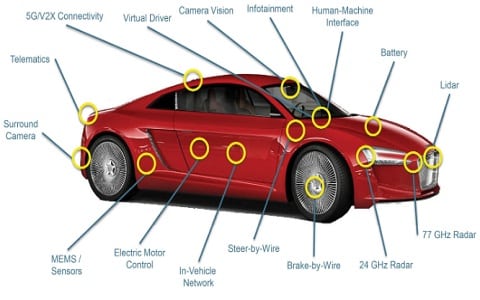India’s journey into indigenous space-grade microprocessors reached a milestone with the development of the Vikram-32 processor (Vikram 3201). Designed by the Vikram Sarabhai Space Center (VSSC) in collaboration with the Semiconductor Laboratory (SCL), Chandigarh, Vikram-32 marks a major step towards self-reliance in space technology. Unlike commercial CPUs, space processors must withstand harsh environmental conditions, including extreme temperatures, radiation, and mechanical stress during l … [Read more...]
Vikram 3201 vs RAD750, RAD5545, and ESA Processors – An Engaging & Educational Comparison
Space missions—satellites, launch vehicles, interplanetary probes—require processors that are not just fast, but extremely reliable. Radiation, extreme temperature swings, long mission durations, and high cost of failure mean the architecture, fabrication process, and qualification are very different from consumer electronics. India’s recent unveiling of Vikram 3201 (also called Vikram-32) is a major move toward indigenous space-grade processing. To understand its place globally, it helps Vikram … [Read more...]
Vikram 32 : India’s Indigenous 32-Bit Microprocessor for Space and Beyond
In a significant stride towards technological self-reliance, India has unveiled its first fully indigenous 32-bit microprocessor, the Vikram 3201. Developed by the Indian Space Research Organization (ISRO) and its Semiconductor Laboratory (SCL) in Chandigarh, this processor is tailored for the demanding environments of space missions, launch vehicles, and other high-reliability applications. Table of Contents 1. Introduction 2. Development and Fabrication 3. Architectural Overview 4. Key … [Read more...]
All the Sensors That Power Fully Driverless Cars in 2025 — What’s In, What’s Out, and What’s Next
For more than a century, human drivers have relied on their eyes, ears, and reflexes to navigate roads. Today, with the arrival of fully driverless cars, those biological sensors are being replaced by an array of advanced technologies that allow machines to perceive their surroundings in extraordinary detail. From laser-based lidar scanners to high-definition cameras, from radar units that see through fog to microphones that hear sirens, these sensors in driverless cars work together to give an … [Read more...]



